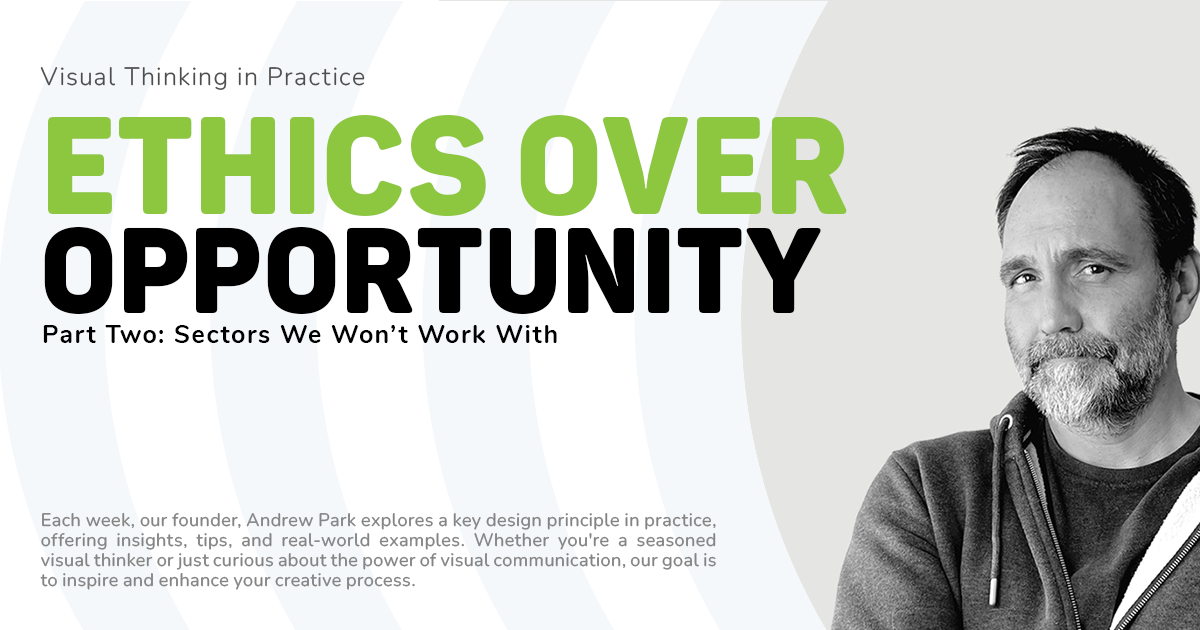A Senior Creative’s point of view
The Cognitive studio focuses exclusively on Whiteboard Animation when creating our explainer films, it is such a versatile medium that it provides us with comprehensive creative solutions for all our clients. Senior Creative Kayle McLeish talks about this versatility and the many options whiteboard animation gives him as an illustrator and animator.
“Whiteboard Animation is designed with three key pillars of communication; audio, visual and text.”
Whiteboard animation is a multiple use tool, the creative equivalent of a Swiss Army Knife. It comes with a multitude of strengths and applications that can be used in almost any environment. The strongest outcome is information retention. Whiteboard Animation is designed with three key pillars of communication; audio, visual and text. As a result, it enables any audience to grasp the information through their preferred learning medium. This gives it an edge when used in Live Scribing or explainer films.
Scribing is at the heart of our films; it is the art of capturing spoken information in a visual way. It allows people to have visual reference points in what can be complex and big narratives. One of Scribing’s greatest strengths is its ability to decode complex subjects, making them digestible and easy to understand. This ensures that the information is accessible to a vast and varied audience and brings with it insurmountable benefits. It also means we never make the same film twice. It enables a greater understanding of difficult subjects, from the physics behind black holes to groundbreaking medical treatments as seen below.
Stephen Hawking’s final theory.
A new network-based approach to curing complex diseases.
The vast amount of freedom afforded to myself and my peers when it comes to translating, unpacking and mapping large quantities of information means we can tap into our visual toolboxes and find ways of making a strong narrative. These tools allow us to turn sometimes dry information into something exciting and memorable. In past projects, we’ve developed unusual but effective visual metaphors to enhance information on screen. For example, we have used space to describe software solution platforms and laboratory settings to visualise childhood growth. Working in this medium enables a deep level of connected thinking to happen. We build ideas into a connected continuous stream, never cutting between content pieces. Often, we show the full information map at the end of each film for audiences to recap the totality of their journey.
“...we can tap into our visual toolboxes and find ways of making a strong narrative.”
A journey through space to find the perfect software solution.
A look at what happens to the brain chemistry of children through the setting of a classic laboratory.
The methodology of Whiteboard Animation works much harder for us as creative professionals than any other. This is due to the three pillars of communication making every word, sound and image count and build towards the overall narrative. Regardless of subject matter we are able to translate it visually and uniquely, giving the content the treatment it needs to work for our clients and their audiences. The richness of these combined pillars gives us tremendous freedom and means that the options for telling and shaping stories are truly endless. It is this freedom and the capacity to create such bespoke, relevant and unique animations that makes whiteboard animation such a perfect tool for creating explainer videos.
“It is this freedom and the capacity to create such bespoke, relevant and unique animations that makes Whiteboard Animation such a perfect tool for creating Explainer Videos.”
We love telling people’s stories, contact us so we can tell yours.
RICHARD WISEMAN: DRAWING KNOWLEDGE
The Psychological Impact of Whiteboard Animation
We decided to run some research, which Professor Richard Wiseman very kindly designed and ran. Of course we made a short Whiteboard Animation to present our findings.


















Often the very first books we encounter are picture books, our first introduction to the power of rich visual language. While our books change, the power of this language doesn’t. We’ve reflected on visual language, from picture books to explainer videos and whiteboard animation.